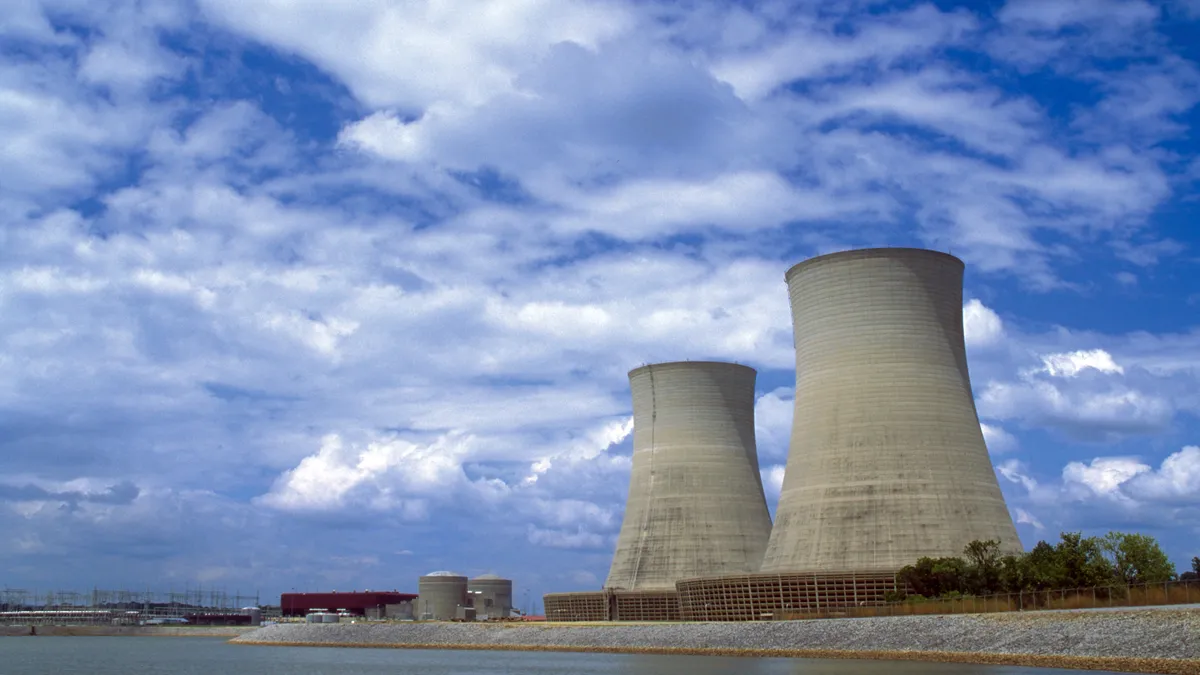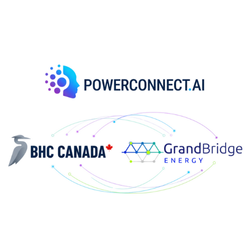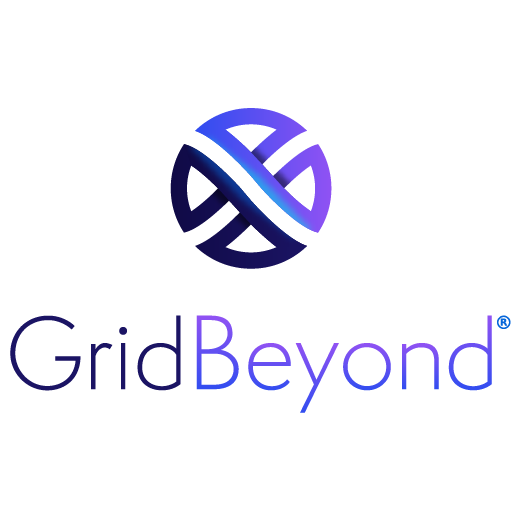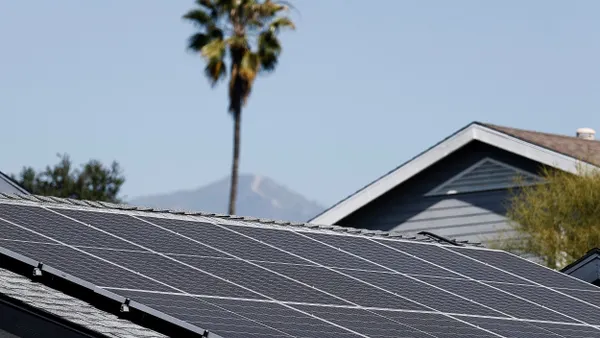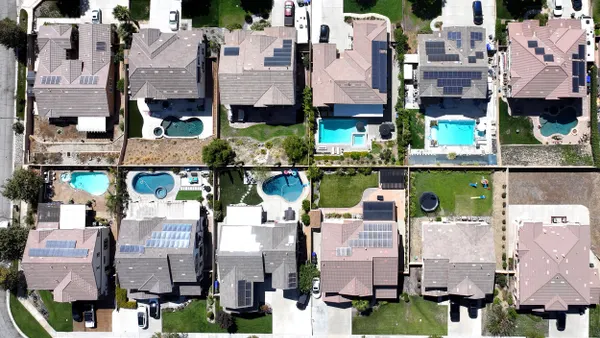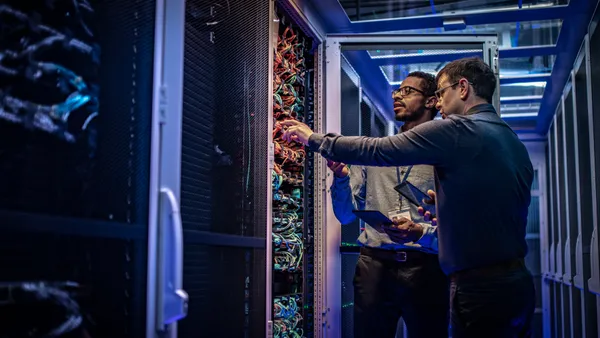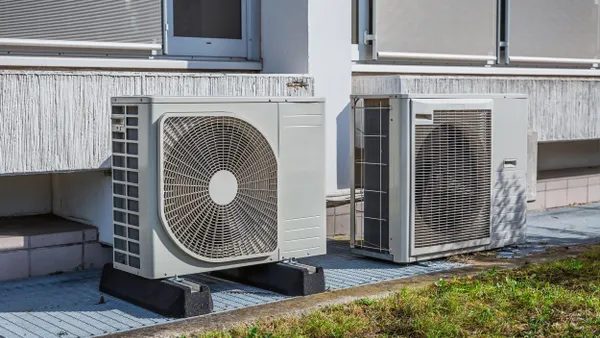“Energy fat.”
That's what Abhay Gupta, founder and CEO of Bidgely, calls the power consumption your average consumer can cut by making better and more efficient choices. And while the number is hard to pin down – some customers are more efficient or motivated than others – he says that potential could be as much as 25%.
“If you think of energy savings like weight loss, it's very hard and it depends on how motivated you are,” said Gupta.
Bidgely is an analytics company helping utilities drive greater efficiency and demand side savings. This week the company announced study results showing that select participants of a Pacific Gas & Electric customer pilot group achieved up to 7.7% energy savings, with about 80% of participants saying they would recommend the program.
While that efficiency figure is nothing to sneeze at, Gupta said the potential is probably greater because the pilot selected homes which were already energy efficient. And as for the satisfaction rating, utilities are fast learning that customer want agile, mobile energy solutions – and there are enormous potential energy savings in getting a consumer to respond to targeted messages.
“We basically help utilities modernize” said Gupta. “They're doing much better than what they have done in the past, but we can help them become the new age providers.”
If that sounds a bit fantastical, consider that Bidgely can identify what types of large-scale appliances are drawing power in a home simply by analyzing data coming off a smart meter. Then the software can provide targeted insights into how to better organize or reduce that power use. Real-time alerts, timing suggestions, and warnings of high consumption or bills are some of the capabilities the data can bring utilities.
“We have the ability to separate the whole house into individual appliances,” Gupta said, “without getting into the house, without sensors. … All large appliances leave a specific fingerprint.”
Gupta said that because the software automatically generates appliance fingerprints — rather than requiring smart plugs or other devices — programs like the one at PG&E can be scaled up very quickly as the technology spreads. And the "large appliances" the program can track make up about 70% to 80% of your average home's energy draw, he said.
Evolution of an industry
It's almost become a game, getting customers to engage with their utility. And some energy apps actually are games, challenging users to recognize their consumption and alter it.
“If I am a utility customer, I interact [with my power company] when I am paying my bill or there is an outage and both of those interactions are somewhat painful,” said Gupta. “Even though electricity is so important, utilities have not created a touch point with their customers in a positive way.”
A new wave of energy management apps, devices and services aim to change that. But even within that industry, the ability to harness data coming from a smart meter represents an enormous shift.
“About eight or 10 years back there was the first wave of home energy devices that showed people how much energy they were using,” said Gupta. “Which was sort of interesting but lost its big push.”
That idea was the central idea behind a report released by Manifest Mind earlier this year, and the title tells it all: "How Techno-Fetishism Unraveled the HEM Market and How Services Will Mend It." In the report, the firm argued that home energy management (HEM) companies have long been too focused on snazzy gadgets that only engaged consumers for a short time.
"We have a phrase for it: 'Mean Time to Kitchen Drawer,'" Carol Stimmel, founder of Manifest Mind, told Utility Dive in November. "How long it takes someone with one of those devices to throw it in the drawer and forget about it."
It's like watching how much power your dryer pulls — "that's fun once, and then you go back to washing your clothes," she said.
Manifest Mind predicted that after a decade of stagnation, the home energy management market would reach an annual value of $2.2 billion in North America by 2022, more than doubling the industry's value today. But, it would only do it by focusing on energy management services, rather than devices.
And then came Opower, which Gupta said was akin to a “landmark solution.”
In a series of pilots, Opower demonstrated the efficacy of behavioral demand response. By giving customers the right cues about power consumption, they would reduce demand, even without a financial incentive. Ask them to turn the thermostat down on peak days? They just might. Tell them how efficient they are compared to their neighbor, and they'll probably make changes, was the idea
Bidgely and Opower are now among the leaders in the energy managment space. And in fact, on March 25, the same day Bidgely released results from the PG&E pilot, Opower announced it had deployed an upgraded demand-side management program with Chicago-based electric utility Commonwealth Edison.
“Now what we see is a third wave in the industry, which is about empowerment,” Gupta said. "The industry is beginning to merge what is understood about consumers and what they want — with the technologies to show them how to reduce consumption, [and] showing them which appliances are drawing power and ultimately costing more than they should."
The Bidgely-PG&E pilot
Programs like Bidgely's PG&E pilot "are getting a lot of attention from regulators because by definition the programs do not only provide efficiency but they are also less expensive than other efficiency programs in the state,” said Gupta. Some California efficiency programs save energy, but at a cost of up to 30 cents/KWh, he said, while targeted efficiency tips and a motivated customer can get that down to 3 cents/KWh.
In Bidgely's pilot, PG&E enrolled approximately 850 of its customers to use Bidgely’s service in the latter part of last year. To evaluate the impact of real-time usage and cost information, the pilot selected participants from PG&E's time-of-use plans.
Using a product called Stream My Data, a real-time energy monitoring service, customers saved up to almost 8%. Gupta says that result is good to begin with, but he thinks programs like the Bidgely pilot can achieve even more savings when deployed on a larger scale.
“By definition those users are the more energy conscious and they are squeezing energy efficiency out of their home already,” Gupta said. “Imagine what we could accomplish in non-energy-optimized homes.”






